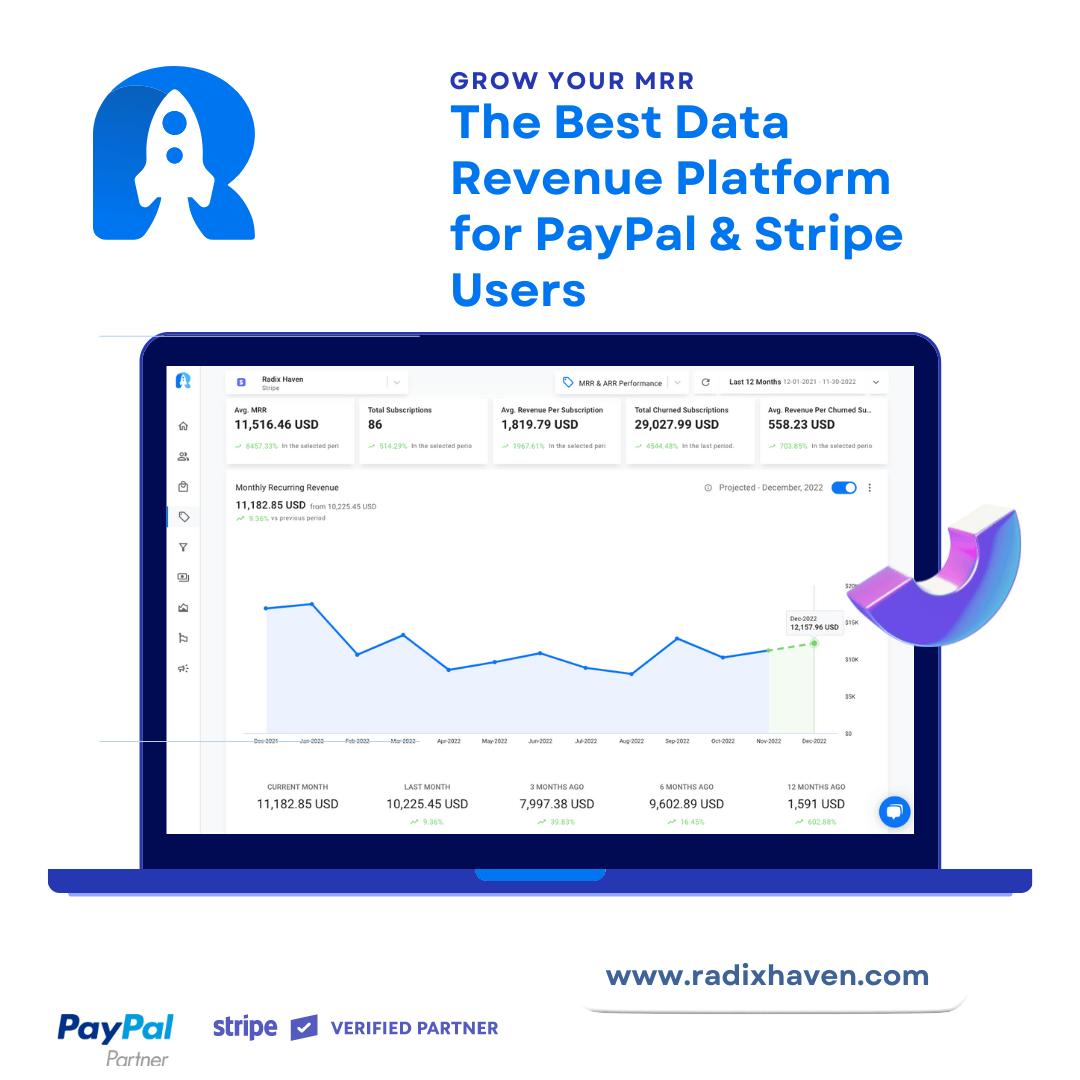As a business owner or marketer, you’re probably familiar with the concept of LTV:CAC, a metric used to measure the relationship between lifetime value and customer acquisition cost. While this metric can be useful, it’s also misleading in some ways. In this beginner’s guide to cohort analysis, we’ll explore why LTV:CAC can be problematic and what you should track instead to accurately measure your business’s performance.
What is LTV:CAC?
Let’s start with a quick overview of LTV:CAC. Lifetime value (LTV) is the amount of money a customer will spend on your products or services over the course of their lifetime as a customer. Customer acquisition cost (CAC) is the cost of acquiring that customer, which includes marketing and sales expenses.
LTV:CAC is a metric that compares the lifetime value of a customer to the cost of acquiring that customer. The general idea is that you want the LTV to be greater than the CAC so that you can make a profit from that customer over time.
Why is LTV:CAC misleading?
While LTV:CAC can be a helpful metric in some situations, it’s not always accurate. One of the main problems with LTV:CAC is that it’s a ratio of two numbers, and if either number is inaccurate, the entire metric becomes unreliable.
For example, if your lifetime value calculation is based on assumptions that aren’t accurate, your LTV:CAC ratio will be skewed. Similarly, if your customer acquisition cost includes expenses that aren’t actually related to customer acquisition, such as overhead costs, your LTV:CAC ratio will also be inaccurate.
Another problem with LTV:CAC is that it doesn’t account for the fact that different cohorts of customers may have different LTVs and CACs. A cohort is a group of customers who share a particular characteristic, such as the month they first made a purchase. By grouping customers into cohorts, you can see how different groups behave over time.
Why is cohort analysis important?
Cohort analysis is important because it allows you to see how different groups of customers behave over time. By tracking the behavior of different cohorts, you can identify trends and make more informed decisions about your business.
For example, you might discover that customers who make their first purchase in the summer are more likely to make repeat purchases than customers who make their first purchase in the winter. Armed with this information, you could adjust your marketing and sales strategies to better target summer customers and increase their lifetime value.
What should you track instead of LTV:CAC?
So if LTV:CAC isn’t the most reliable metric, what should you be tracking instead? Here are a few metrics to consider:
- Retention rate: This measures how many customers you retain over a certain period of time. By tracking retention rates for different cohorts, you can see how loyal your customers are and identify which groups are most likely to churn.
- Average order value (AOV): This measures the average amount that customers spend per order. By tracking AOV for different cohorts, you can see how much each group is spending and identify opportunities to increase revenue.
- Customer lifetime revenue (CLR): This metric measures the total amount of revenue generated by a cohort of customers over their lifetime. By tracking CLR for different cohorts, you can see which groups are the most valuable and which ones are not worth the investment.
- Customer acquisition rate (CAR): This measures how many new customers you acquire over a certain period of time. By tracking CAR for different cohorts, you can see which groups are the most profitable to acquire and which ones are not worth the investment.
How to conduct cohort analysis
Now that you know what to track, let’s talk about how to conduct cohort analysis. Here are the basic steps:
- Identify your cohorts: Decide which groups of customers you want to analyze. This could be based on a variety of factors, such as the month of their first purchase or the channel through which they were acquired.
- Gather your data: Collect data on your chosen cohorts, including metrics such as retention rate, AOV, CLR, and CAR.
- Visualize your data: Use a chart or graph to visualize your data over time. This will help you identify trends and patterns in customer behavior.
- Analyze your data: Look for insights in your data that can help you make informed decisions about your business. For example, you might notice that customers who were acquired through social media have a higher AOV than customers who were acquired through email marketing.
- Take action: Use your insights to make changes to your marketing and sales strategies. For example, you might decide to invest more in social media marketing to acquire more high-value customers.
Using Radix for cohort analysis
While conducting cohort analysis manually is possible, it can be time-consuming and error-prone. That’s where tools like Radix come in. Radix is a powerful platform that automates the process of cohort analysis, making it faster and more accurate.
With Radix, you can easily track metrics such as retention rate, AOV, CLR, and CAR for different cohorts. The platform automatically generates charts and graphs that visualize your data, making it easy to spot trends and patterns.
But perhaps the most powerful feature of Radix is its ability to generate insights automatically. The platform uses machine learning algorithms to identify insights in your data, such as which cohorts are the most valuable and which ones are at risk of churning.
By using Radix for cohort analysis, you can save time and make more informed decisions about your business. The platform’s automated insights can help you identify opportunities to increase revenue and reduce customer churn, boosting your overall KPIs.
Conclusion
While LTV:CAC can be a useful metric in some situations, it’s not always accurate. By conducting cohort analysis instead, you can get a more complete picture of how different groups of customers behave over time. By tracking metrics such as retention rate, AOV, CLR, and CAR for different cohorts, you can identify trends and patterns that can help you make more informed decisions about your business.
To make cohort analysis easier and more accurate, consider using a tool like Radix. With Radix, you can automate the process of cohort analysis and generate insights automatically, saving time and boosting your overall KPIs. So if you’re looking to improve your business’s performance, start tracking the right metrics with cohort analysis and Radix.






